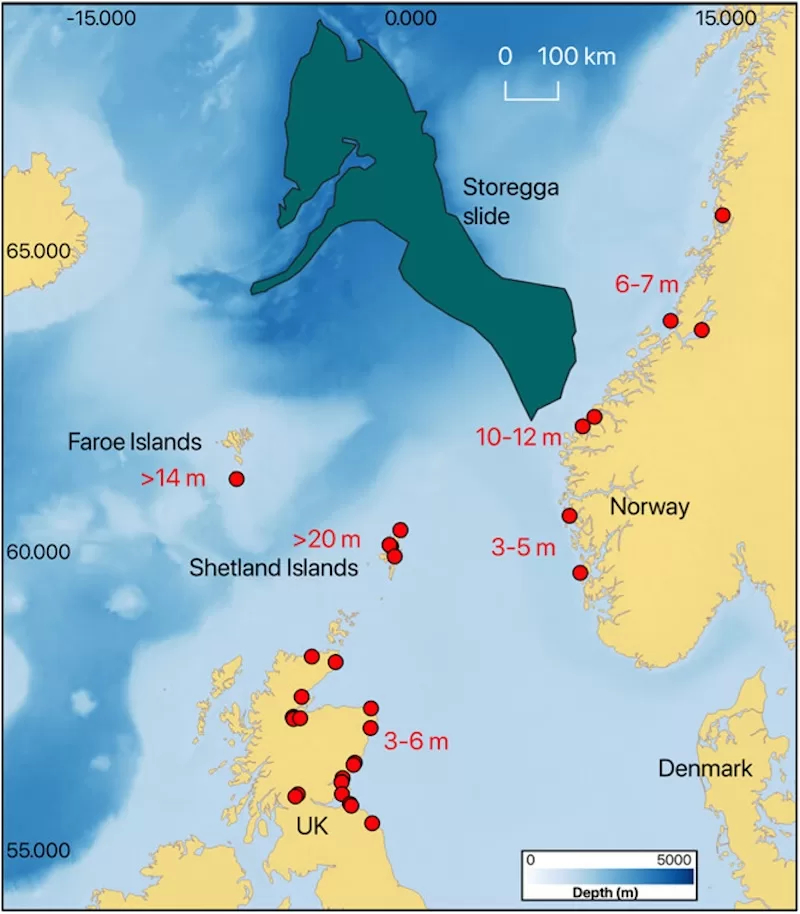The disaster, known as the Storegga tsunami, coincides with a sudden decline in the local population, but until now this decline has never been linked to the disaster.
During the Mesolithic period, the population of northern Britain was very small. It is estimated that only around 1,000 people lived in the region at this time. The vast majority of these prehistoric people lived in small coastal settlements and were therefore directly affected by huge tidal waves.
Archaeological records show that around 8,200 years ago, the number of settlements in northwestern Europe suddenly dropped. This was temporarily linked to a sustained drop in temperatures across the continent, but some researchers have argued that coastal communities may have been unaffected by this climatic event.
- A country with the Andes Mountains and the still unsolved ‘Nazca Lines’: Peru
- Nevin Halıcı: “The training to become a dervish starts in the kitchen.”
Surprisingly, the Storegga tsunami coincides with this mass extinction that occurred between 8,120 and 8,175 years ago. Triggered by a massive underwater landslide off the coast of Norway, the event caused huge waves of more than 20 meters to hit the Shetland Islands, north of mainland Scotland.
Further south in northern England, the waves would have reached heights of 3 to 6 meters. To investigate whether the tsunami wiped out local populations, the authors of the new study created computer simulations of the wave at an important Mesolithic site called Howick in Northumberland, northeast England.

Sediment cores dating to the time of the tsunami were found here, suggesting that the area may have been flooded during the disaster. However, the cores were largely filled with coarse rubble, unlike the fine sandy sediments deposited by tsunamis. This has caused some disagreement about whether the Storegga wave actually reached Howick.
The researchers simulated the wave under two different scenarios of sea level change and found that in both cases the tsunami did not reach Howick. But the situation could have been different if these waves occurred during high tide. “If a tsunami occurs at high tide, the inundation distance is greater because of the increase in water height.”
The authors continue: “Incorporating high tide into the model expanded the inundation area, with the first wave inundating Sediment Core A at Howick. “In addition, the wave generated was sufficient to transport coarse gravel, suggesting that this core may indeed have been deposited by the tsunami.”
If this were the case, the consequences would have been catastrophic; researchers say that mortality estimates in Howick vary but are up to 100 percent within the tidal zone. As well as killing everyone in its path, the wave would have destroyed food supplies, leading to a massive depopulation of Northwest Europe.
The authors conclude: “The findings provide evidence that the tsunami probably contributed to the population decline in northern Britain in the period after 8,200 years ago when the tsunami occurred.”
summarized from the source:: Sharrocks, P. D., & Hill, J. (2023). Evaluating the impact of the Storegga tsunami on Mesolithic communities in Northumberland. Journal of Quaternary Science.





